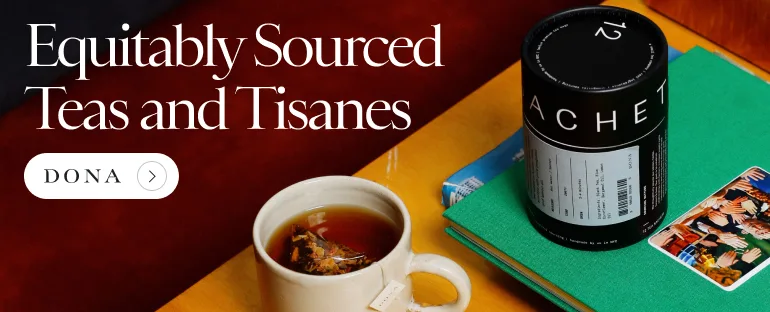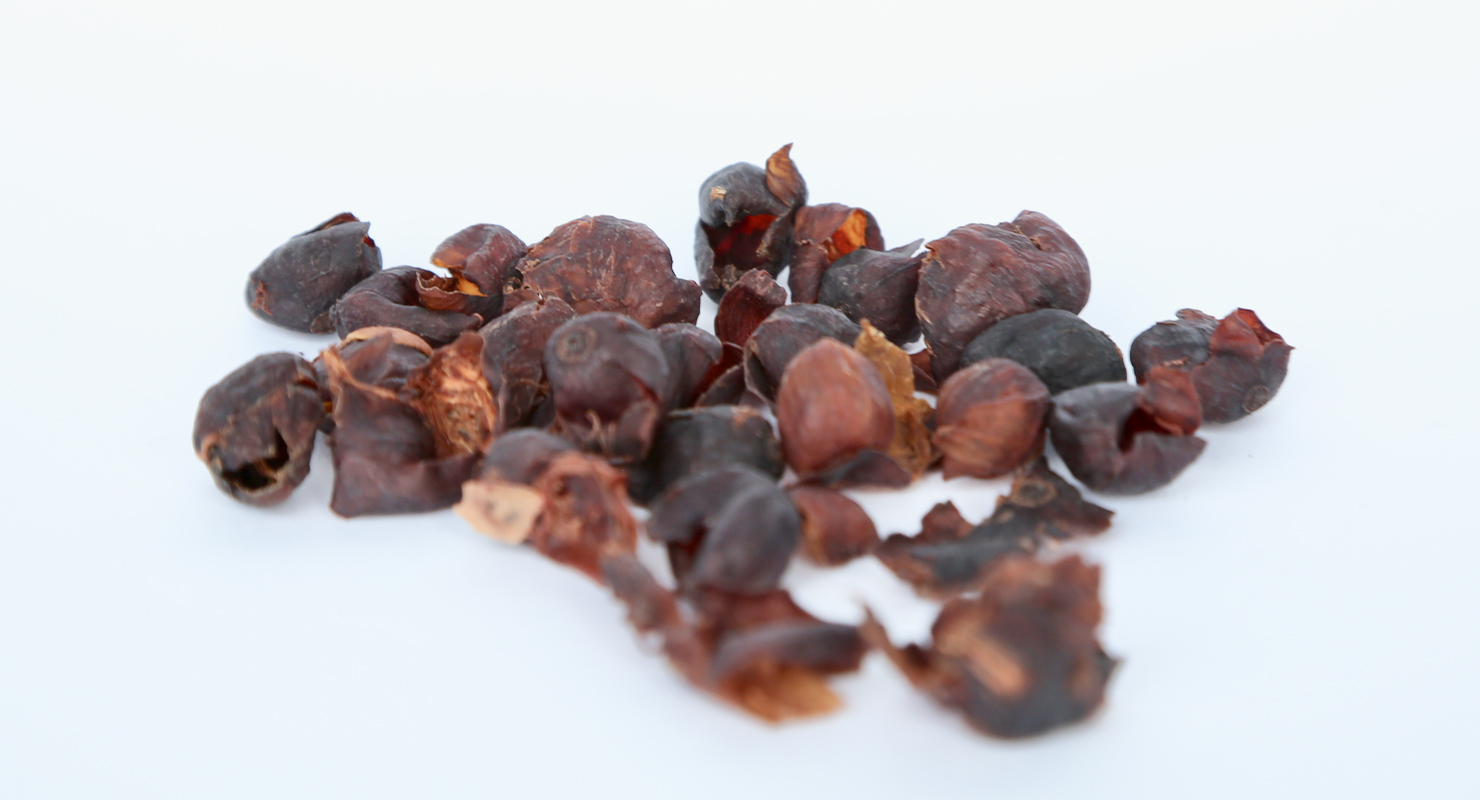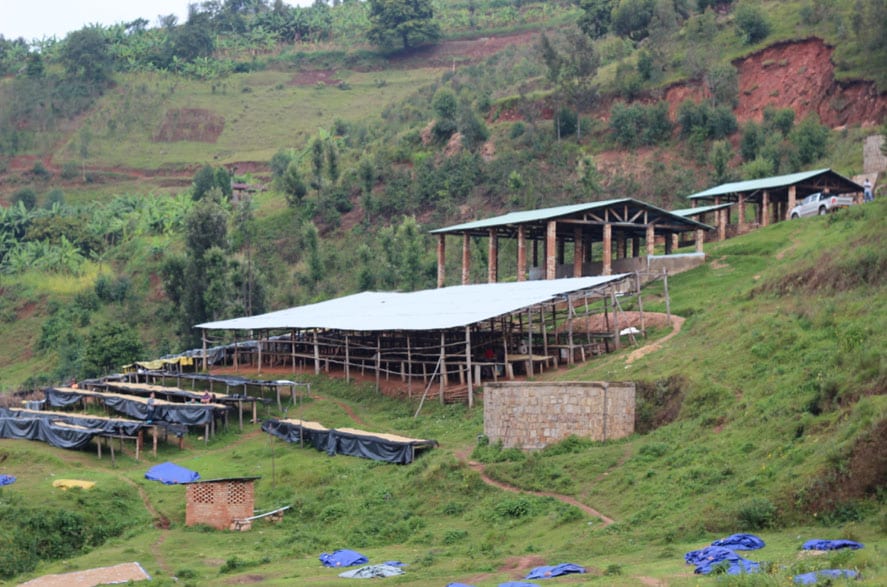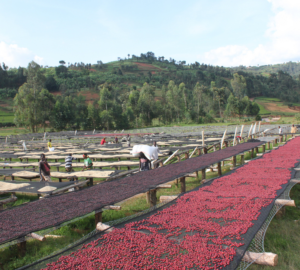What is a Matcha Latte?
A Matcha Latte is a tea-based beverage combining vivid green matcha tea powder and milk, or a dairy substitute, to create a smooth, creamy, caffeinated coffee alternative. Many tearooms and coffee shops offer Matcha Lattes both hot and iced.
How is a Matcha Latte made?
A Matcha Latte is made with a base of matcha powder whisked or mixed with hot water, then topped with steamed milk (or oat, almond, etc.), just as when pouring a traditional espresso latte. It is often sweetened with honey or agave, if it is sweetened at all.
To mix the initial matcha base for the drink, you can use a traditional method including a tea bowl, known as a chawan, and a special bamboo whisk, known as a chasen. Perfecting the balance between water temperature and whisking technique is what separates competence from mastery in preparing matcha.
Do Matcha Lattes have coffee in them?
What do I need to know about Matcha?
Originating in China but now associated almost exclusively with Japan, Matcha is said to have been introduced to Japan by Zen Buddhist monk Myoan Esai in the 12th century. Matcha itself is green tea, grown in a shaded fashion similar to Japanese gyokuro, with only the highest-quality buds selected for picking, then dried flat, deveined, and pulverized to make the powder we know as matcha.
Matcha is graded by attributes that take into account quality, time of harvest, color, flavor, and aroma, and sorted into into two distinct grades: “ceremonial” and “culinary”. Within the “culinary” category there are several sub-designations, which include “cafe grade,” “kitchen grade,” and more. Different producers may distinguish among their grades differently from others, but ceremonial is presented as the highest grade, and the most expensive, almost always drunk straight, often as part of a traditional matcha tea ceremony. It should be noted that “culinary-grade” matcha does not imply there are types of matcha unsuitable for drinking or cooking—but rather, that culinary grade is perfectly appropriate for your Matcha Latte, matcha cookies, and so on.
Is a Matcha Latte healthy?
With its rich green color and grassy aroma, you can’t help but feel you must be doing something good for your body when you consume a Matcha Latte. Green tea is rich in antioxidants, and because of the method in which matcha is produced—by milling the whole leaf—we get even more of the best of green tea in its matcha form, because we consume all of the leaf, not just what is extracted from steeping. Catechins are among the antioxidant compounds in matcha, and have been said to have a beneficial effect on blood pressure, cholesterol levels, and overall heart health.
Are there tasty twists on the Matcha Latte?
The Matcha Latte’s closest sibling is the Iced Matcha Latte, a variation on the drink typically prepared with ice in a cocktail shaker and also served over ice. Some enjoy Matcha Lattes infused with aromatic plants and fruits, like vanilla, lavender, mint, and even pineapple!
More reading:
A History of Matcha via Yamamasa Koyamaen
How To Enjoy Matcha via Kyoto Teramachi
Maccha or Matcha? via Jagasilk (Miyuki and Jared Nyberg)
Different Grades of Matcha Tea via Ujido
Liz Clayton is the associate editor at Sprudge Media Network. Read more Liz Clayton on Sprudge.































